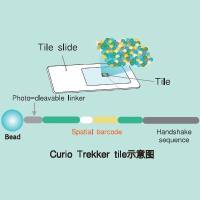Epitope and Idiotope Mapping Using Monoclonal Antibodies
互联网
584
Serum from normal individuals contains a repertoire of antibodies even in the absence of apparent immunization. The B-cell compartment of the immune system can recognize not only the antigens of the external environment, but also internal or self-antigens. Normal serum contains natural autoantibodies of the IgM and IgG classes that recognize a wide range of self-antigens, including nuclear antigens, intracellular and membrane components, and circulating plasma proteins (1 ,2 ). Some of the antigens recognized by natural autoantibodies are also the targets of autoantibodies in autoimmune diseases, e.g., thyroglobulin (Tg), neutrophil cytoplasmic antigens, glomerular basement membrane antigens, intrinsic factor, and factor VIII. Despite the presence of autoreactive B- and T-cells in the normal available immune repertoire, autoimmune disease remains a relatively rare event. Autoimmune diseases cannot be diagnosed by the mere finding of increased titers of autoantibodies in serum. The question arises whether the structure, specificity, affinity, idiotypy, and genetics of autoantibodies in healthy subjects differ from those of pathological autoimmunity (3 ,4 ). Determining the fine specificity of autoantibodies may lead to a means of distinguishing natural vs disease-associated autoantibodies.









